Kale companion planting – the best plants to grow alongside kale
Follow our guide on kale companion planting to grow healthier, bigger kale plants and deter pests
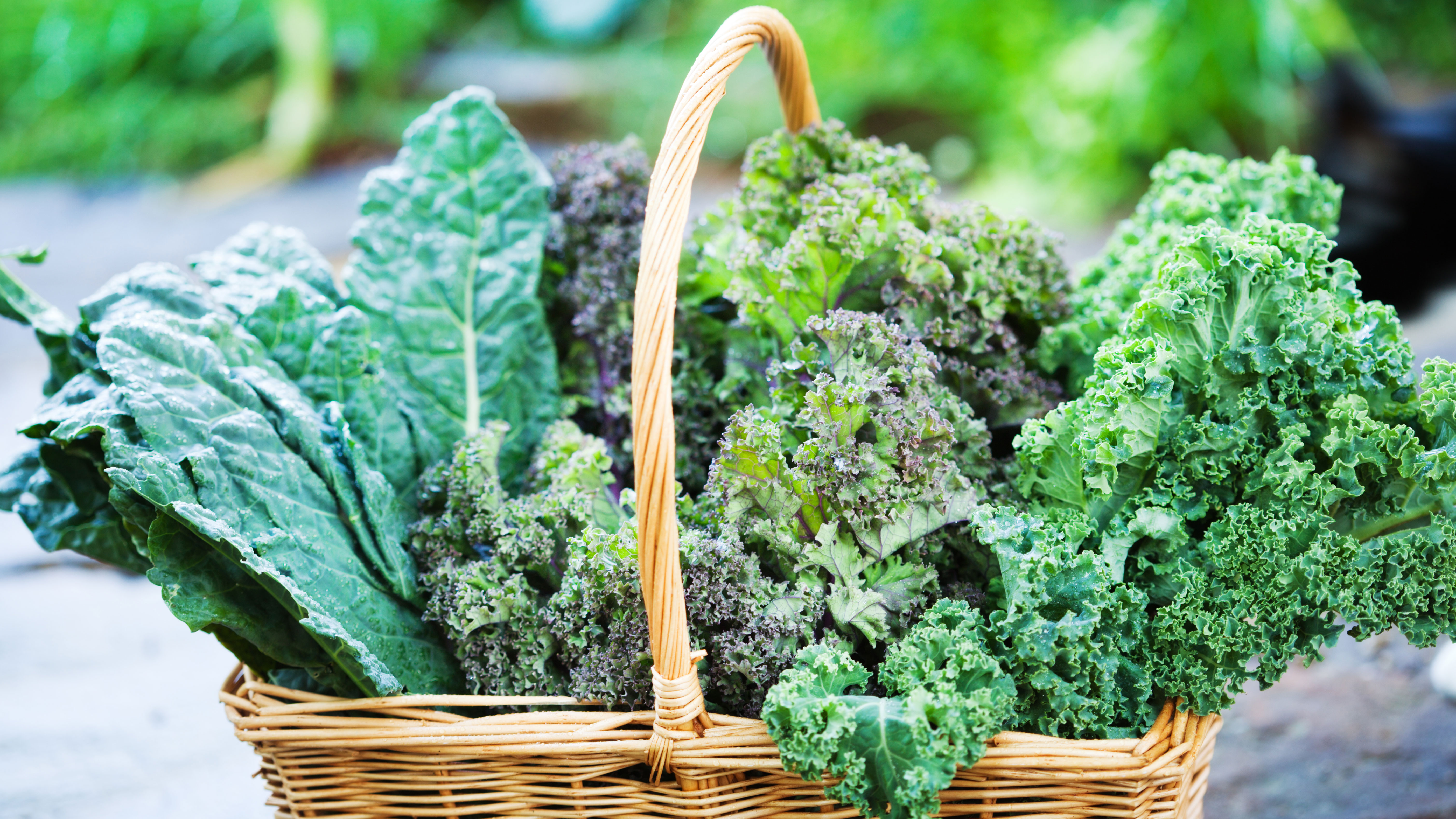
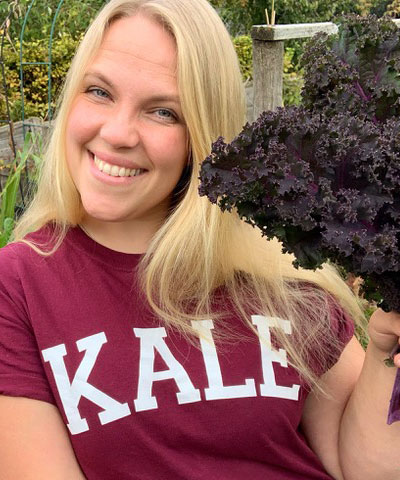
Kale companion planting, or specific plants that when grown next to kale, improve its growth and are a powerful way to deter pests and get better harvests of kale.
Kale is a firm favorite among gardeners and allotment holders alike. It is loved for its ability to crop over winter, and for its beautiful, large leaves that add structure and interest to any garden bed.
Companion planting is about deterring pests, attracting predators for your pests and choosing plants that will not negatively impact your plant’s growth by competing with them or creating unhealthy conditions.
Once you know how to grow kale, you can experiment with the many varieties available.
Learning which plants grow well together might seem a little complicated, but kale companion planting is actually pretty simple, and you’ll be amazed by the results if you factor it in as part of your vegetable garden ideas.
Kale companion planting
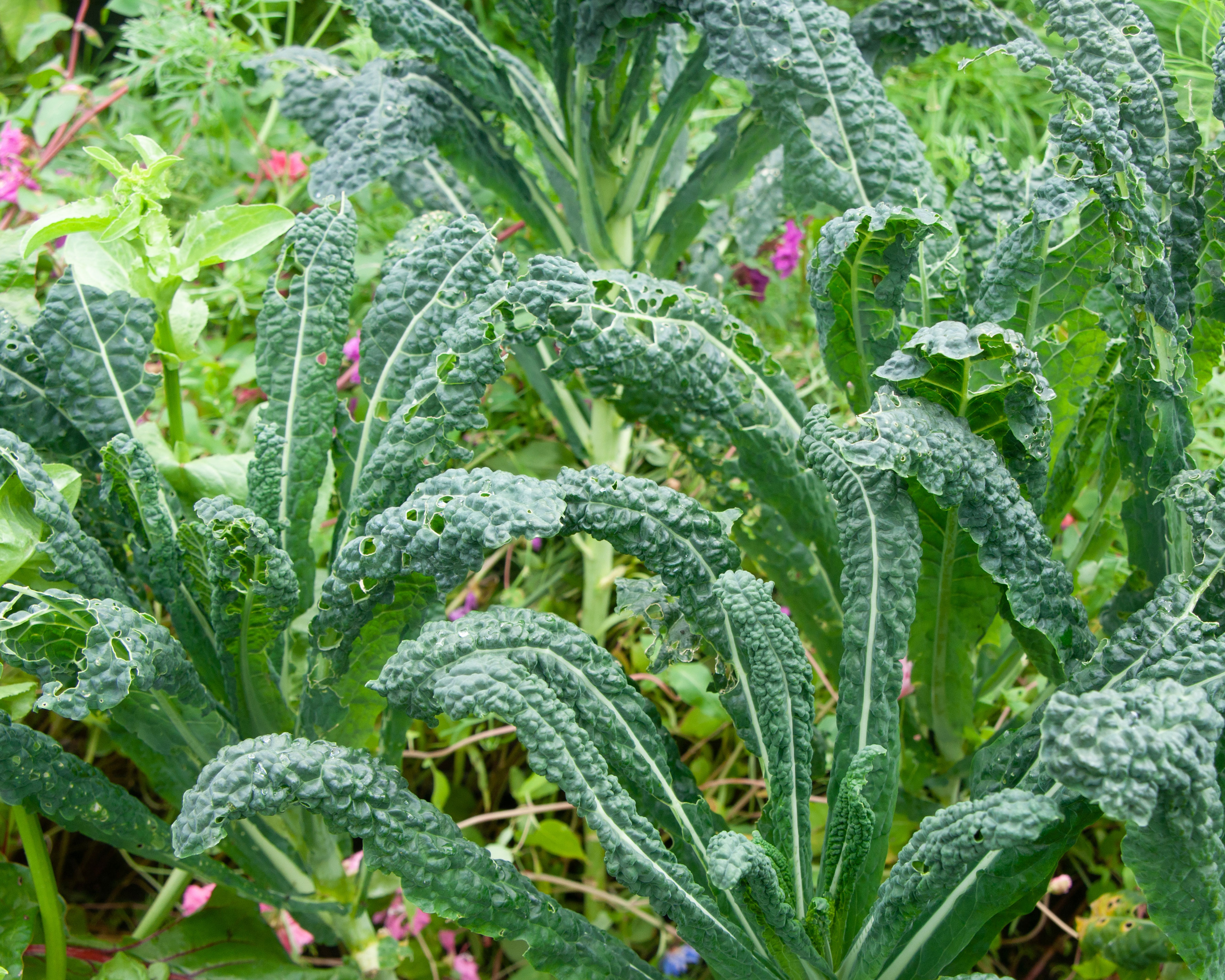
When thinking about kale companion planting, it is important to first consider what problems you may encounter when growing kale. The primary pests of kale are caterpillars, flea beetle, white fly, aphids and, in the US, Harlequin beetles.
There are several different types of kale companion plants to grow:
- Traps: plants that offer a tasty alternative for kale pests, keeping them off your plants.
- Attractants: plants that draw in predator and parasite species that will help to control kale pest populations.
- Repellents: plants that deter pests with strong smells, or visual confusion.
- Sociable: plants that benefit your kale crop in other ways, such as providing shade, ground cover or simply by not getting in the way or competing for nutrients.
- Nitrogen fixers: some plants house bacteria in their roots which can help to ‘fix’ nitrogen in the soil and put it into a form that is readily available for the kale plants.
‘I like planting “trap plants” around my kale; these are companions that draw pests away from your crop,’ says Sally Morgan, author of The Healthy Vegetable Garden.
‘Early in the season, sow a row of radish or green manure mustard to draw flea beetles away from your young kale plants,’ she says.
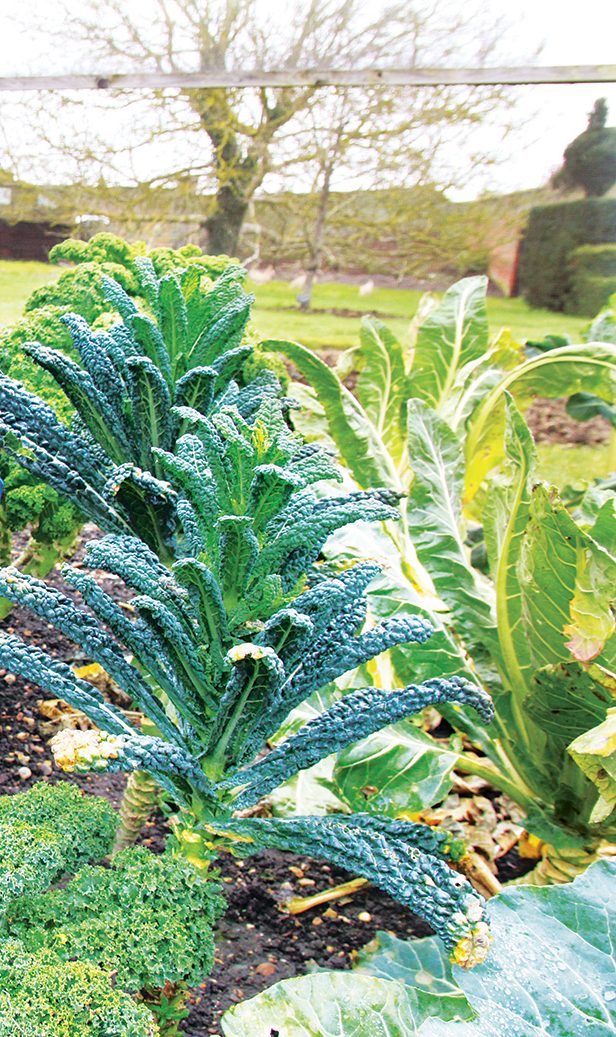
What grows well next to kale?
There is a good range of plants, including flowers, herbs and other vegetables, that grow well with kale.
Below we list the best kale companion plants from these three groups.
Kale companion planting – with vegetables
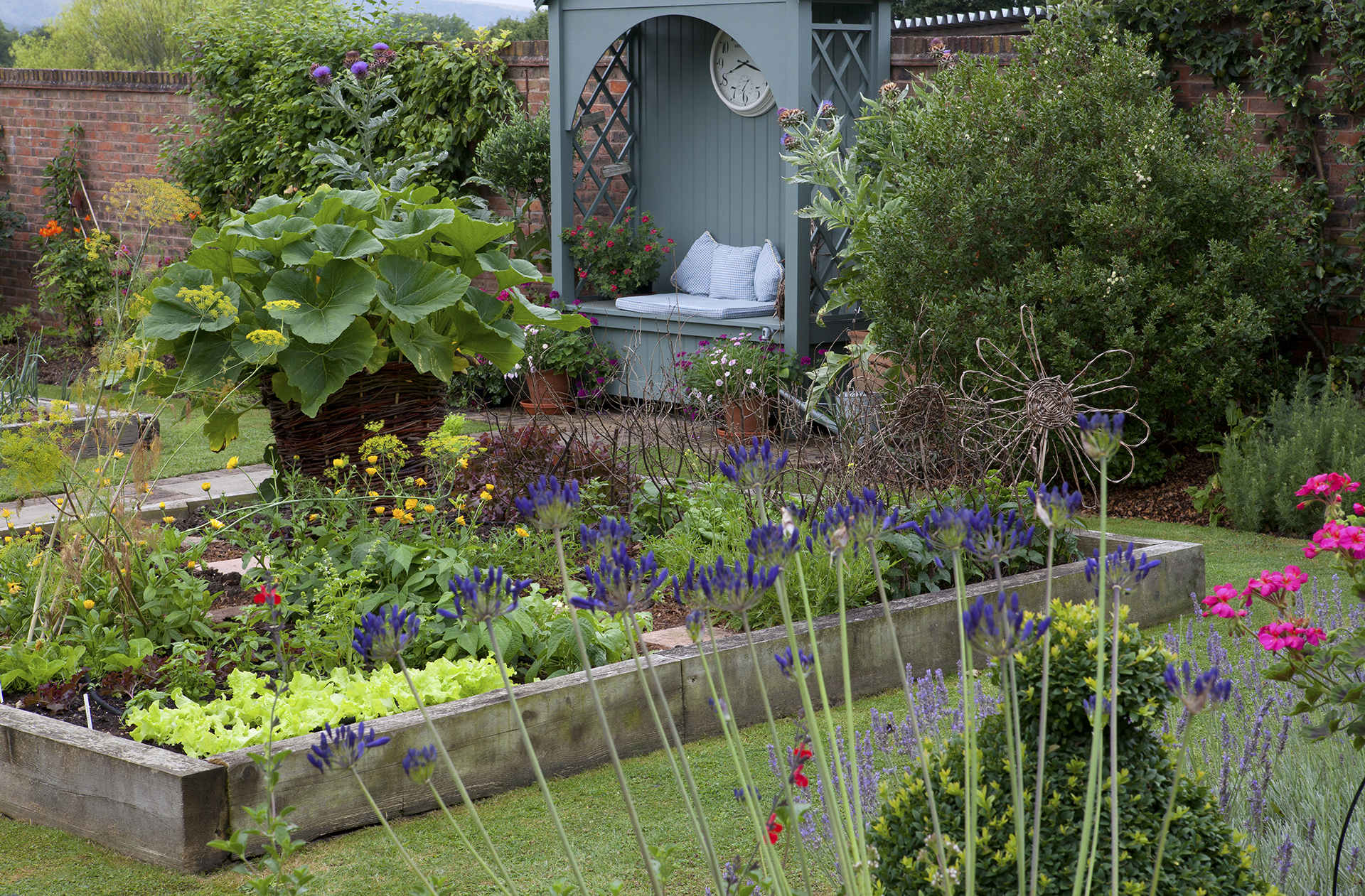
There are many popular crops that are good companions for kale that you can include when planning when to plant vegetables.
ONIONS, including spring onions or shallots are ideal for kale companion planting. The leaves of onions have a strong smell that will help to mask the smell of the kale from butterflies, flea beetles and aphids. Butterflies, such as the cabbage white, lay eggs on kale leaves. When the eggs hatch, the caterpillars can eat through a kale plant in a matter of days. So find out how to grow onions to improve the chances of your kale crop.
GARLIC is similar to onions, in that it will help to deter pests, such as cabbage white butterflies and cabbage looper moths with its strong smell. Perhaps not as potent as onions, growing garlic as kale companion plants is still a good choice. As tall, narrow plants they also will not interfere with the growth of your kale.
LEEKS are another strong-smelling crop for kale companion planting and will deter butterflies, flea beetles and aphids. Leeks will also be in the ground for the entire growing season. Be wary of planting leeks too close to kale, however, as the latter can develop into very large plants and crowd out your leeks.
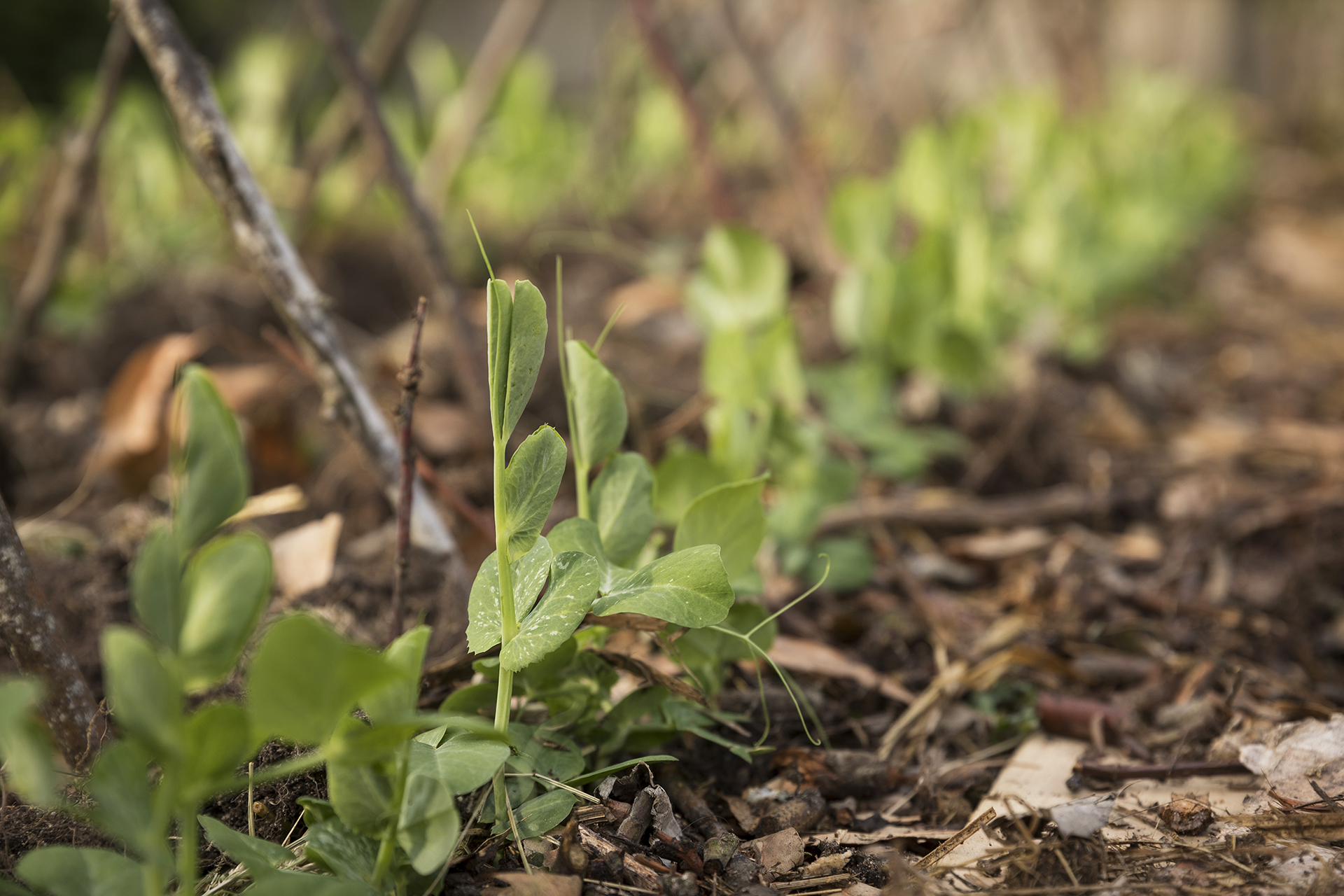
PEAS are nitrogen fixers, so growing peas for kale companion planting may help to provide more nitrogen in the soil. Peas also have the added benefit of deterring butterflies from kale when they are allowed to ramble among them as they create a visual confusion, making it less easy for butterflies to identify potential egg-laying sites.
RADISH will act as a trap, drawing flea beetles away from your kale early on in the season. A fast growing crop, radishes can be ready to harvest in as little as 6 weeks after planting, so they work well as an early season crop, too. They also have the dual benefit of pulling in beneficial insects, such as hoverflies, once they have flowered. They will develop a profusion of white flowers that are loved by many beneficial insects including pollinators for your other crops.
Kale companion planting – with herbs
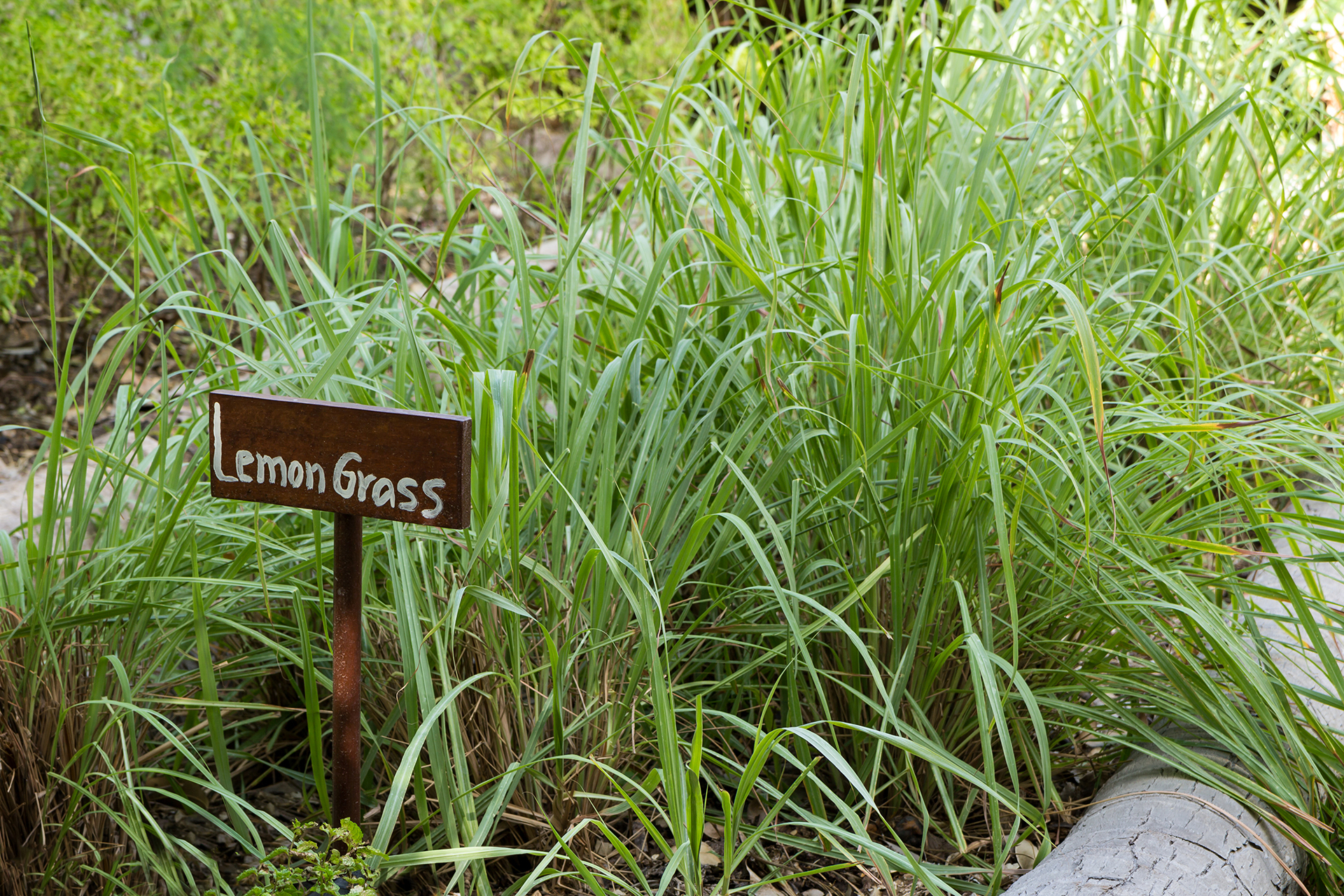
If you are including herb garden ideas among your kitchen garden plans, then consider adding herbs that are useful kale companion plants.
LEMONGRASS will help to mask the smell of the kale from potential pests and also create a visual distraction with its long leaves. Once you know how to grow lemongrass you will discover it is a relatively light feeder, too, and will not compete with your kale for nutrients.
CHIVES are easy to grow, hardy and tasty. They are another strong-smelling herb that will help deter pests from your kale. Chives are also very light feeders and will grow in a wide variety of conditions, so by planting chives as kale companion plants, you will get a good crop of both.
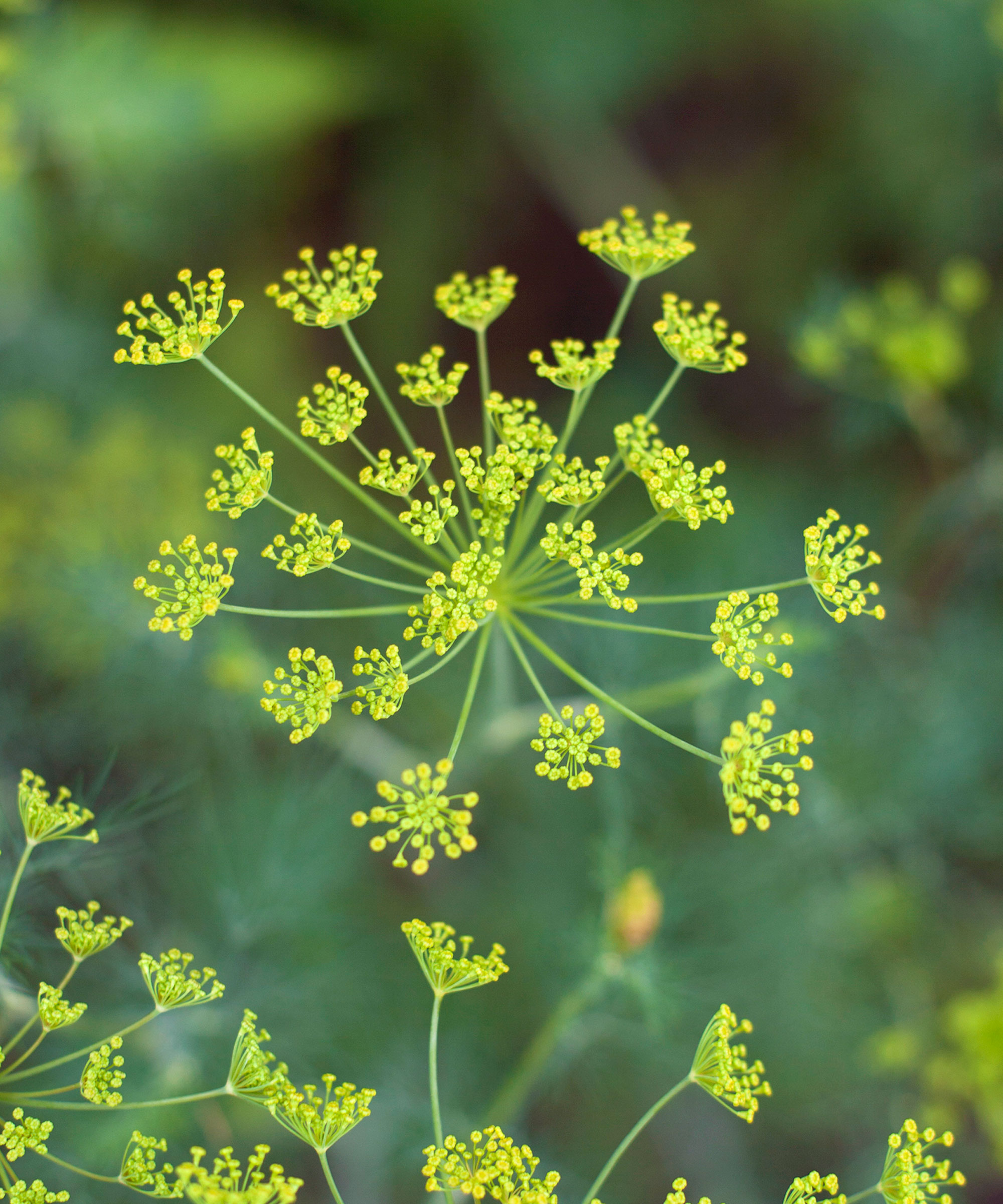
DILL is among the wonderful aromatic herbs that will add fragrance as well as companion planting benefits.
‘Cabbage white butterflies can be a problem with kale later in the year, so plant some fennel or dill nearby as the flowers are loved by parasitic wasps. You can’t have enough of these predators as they lay their eggs inside the caterpillars,’ says Sally Morgan.
Dill also attracts in hoverflies, ladybirds and lacewings that predate aphids and whitefly. Growing dill near your kale will give it a great chance of withstanding pest attacks.
Kale companion planting – with flowers
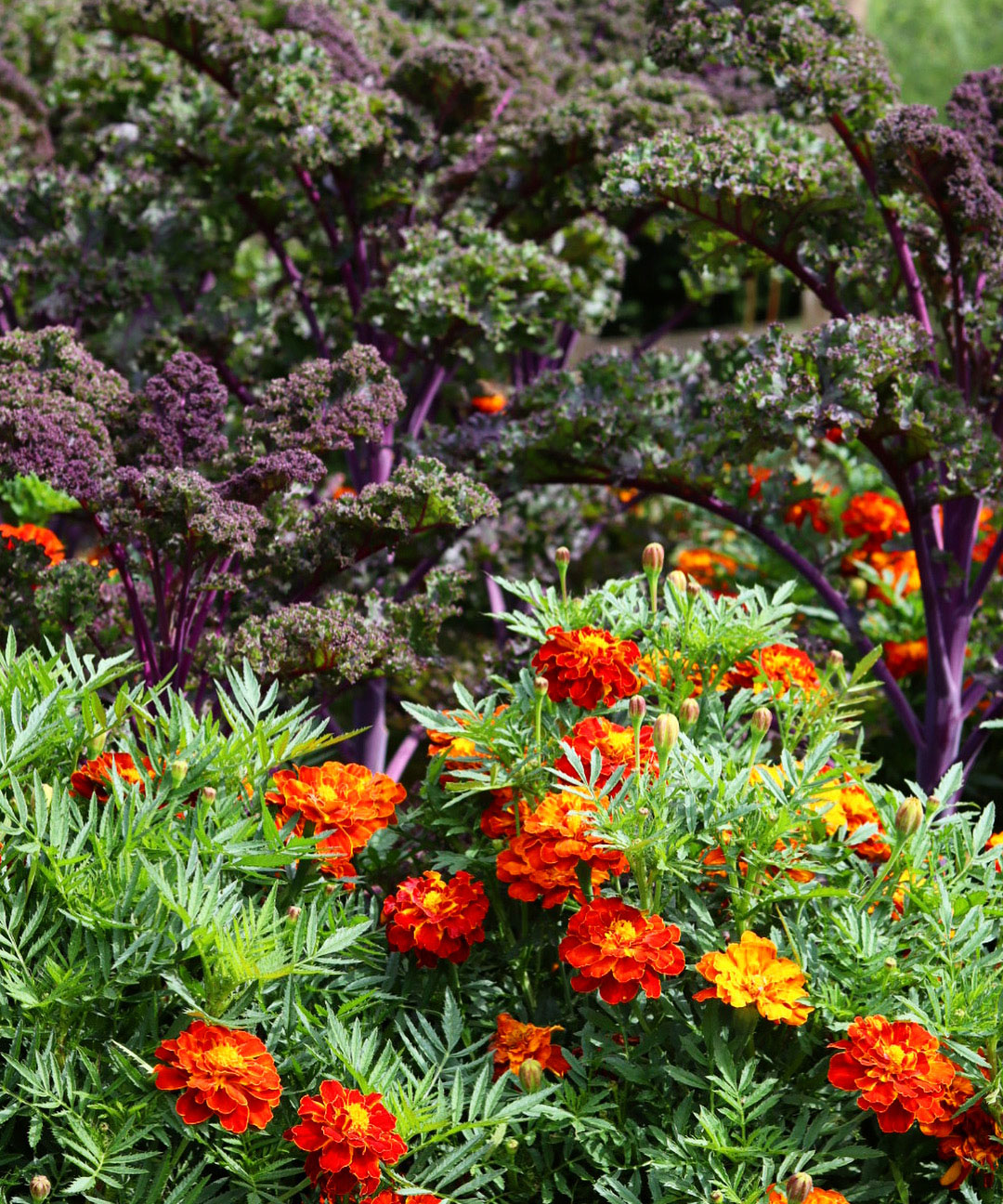
Flowers not only look beautiful dotted among your vegetable crops, but they can also be excellent for kale companion planting.
NASTURTIUMS are a very attractive flower and it is easy to get to grips with how to grow nasturtium. The leaves, flowers and seeds are all edible and make a peppery and colorful addition to a salad. Caterpillars, aphids and flea beetles are all attracted to nasturtiums and will often choose to feed on them before they feed on your kale crops, lessening the damage. Nasturtiums are also very fast growing so are usually able to withstand heavy pest attacks.
MARIGOLDS are another strong-smelling plant that can help to deter butterflies. With their beautiful yellow, orange or red flowers they are a delight to look at and good for pollinators, too. Find out when to plant marigolds from seed at home and enjoy the results as they draw in beneficial insects such as hoverflies that predate aphids.
SWEET ALYSSUM is a low growing white flower that is great for ground cover, which can help retain moisture in the soil, and suppress weeds. It has low nutrient needs, so is a good kale companion plant as it will not compete with your kale. Sweet alyssum is also great for attracting hoverflies that predate aphids.
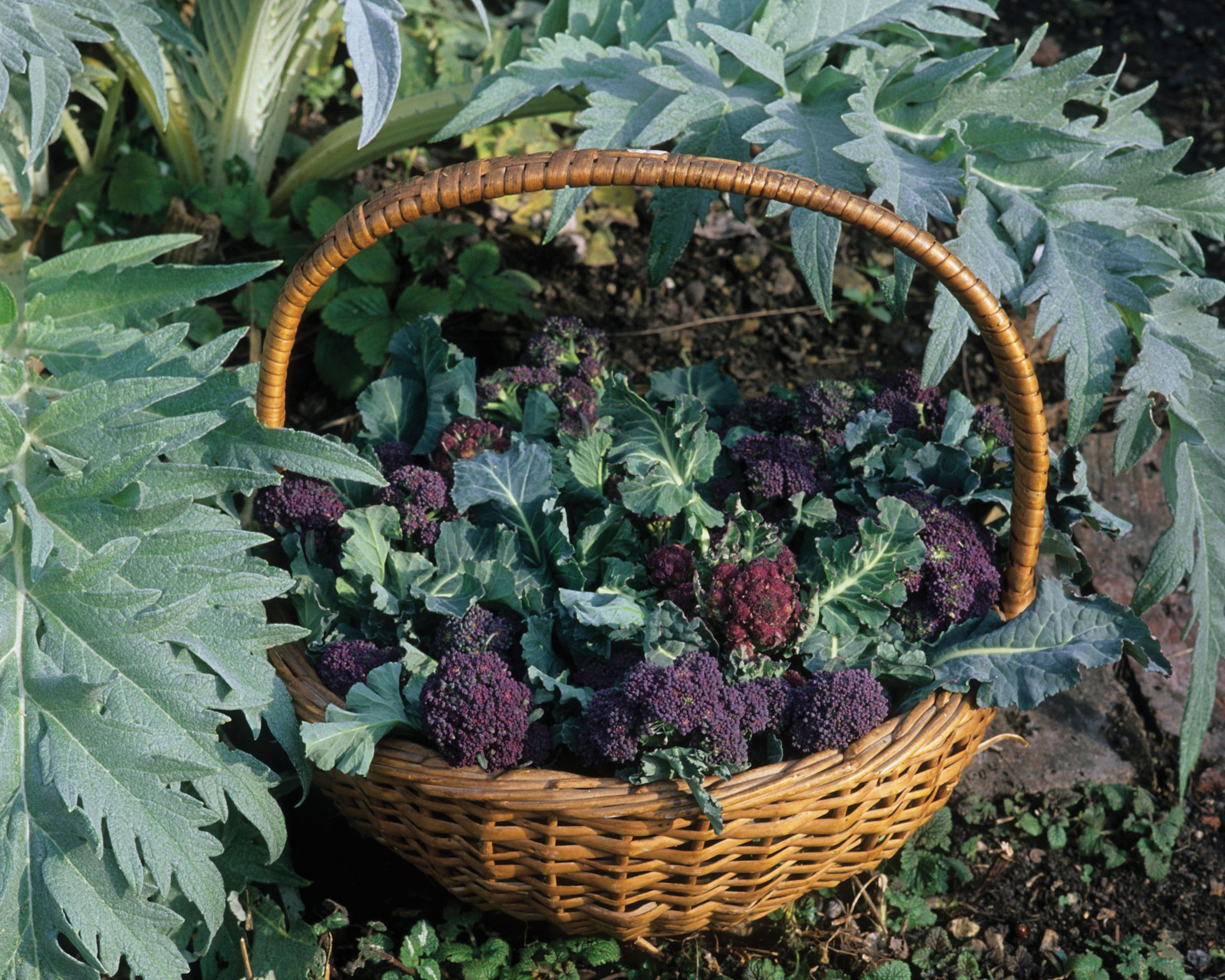
What can you not plant with kale?
There are a number of crops and plants that you should not plant with kale, as they either compete for soil nutrients, or attract unwanted pests, or the kale will inhibit the other crop's growth. Try to consider both crops when kale companion planting, to maximize yields across your vegetable garden.
Other brassicas, such as cauliflower, brussels sprouts, broccoli, and kohlrabi, should not be planted next to kale as they can make it easier for pests to jump from one plant to the next. This is particularly so with pests such as caterpillars that are not able to move long distances; by planting lots of brassicas next to each other you can just make it easier for them to find food once they have eaten through one plant.
Some varieties of lettuce can actually aid the growth of kale, but many brassicas, including kale, secrete a chemical from their roots which will suppress the germination of lettuce.
Can kale be planted near tomatoes?
Tomatoes are not an unwelcome neighbour to be planted next to kale, but on the flip side kale is not good for tomato companion planting. Both are quite heavy feeders, and large plants, too. Many gardeners report that their tomatoes do not enjoy growing with any member of the brassica family.
Sign up to the Homes & Gardens newsletter
Design expertise in your inbox – from inspiring decorating ideas and beautiful celebrity homes to practical gardening advice and shopping round-ups.

Becky is a freelance writer, blogger, and podcaster. Her blog, Sow Much More and her podcast The Seed Pod are aimed at making organic gardening more accessible and encourage others to grow their own food.
-
 Martha Stewart's tips for arranging daffodils are unbelievably simple and effective – it's the only flower advice you need this springtime
Martha Stewart's tips for arranging daffodils are unbelievably simple and effective – it's the only flower advice you need this springtimeMartha shows us that we can create gorgeous bouquets of this seasonal flower by simply trimming the stems and placing them in specific vases
By Hannah Ziegler Published
-
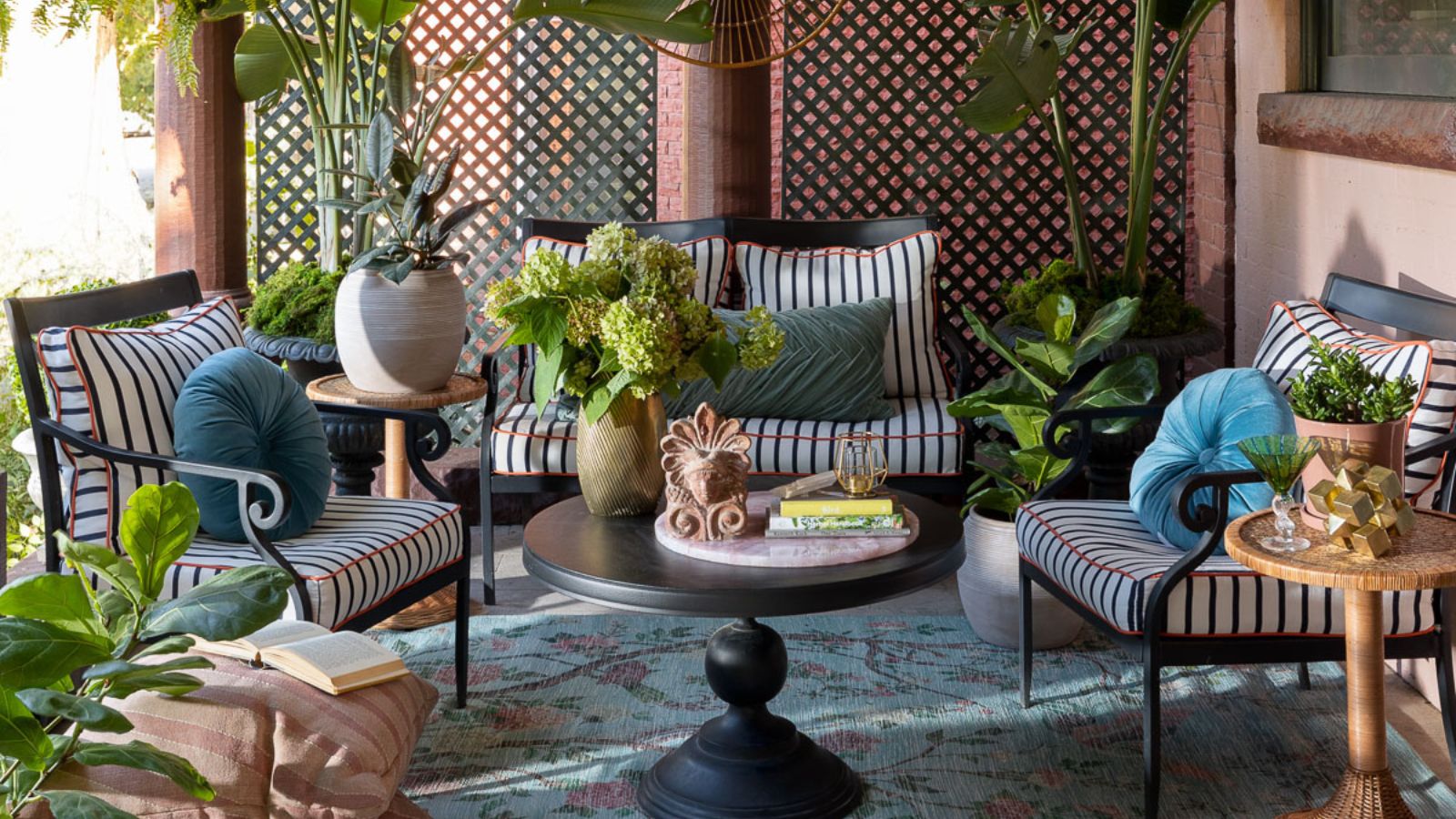 Designers share how to make your outdoor living room look more expensive – and the affordable products to get you there
Designers share how to make your outdoor living room look more expensive – and the affordable products to get you thereFrom layered lighting to luxe-looking textiles, these simple swaps made all the difference
By Charlotte Olby Published